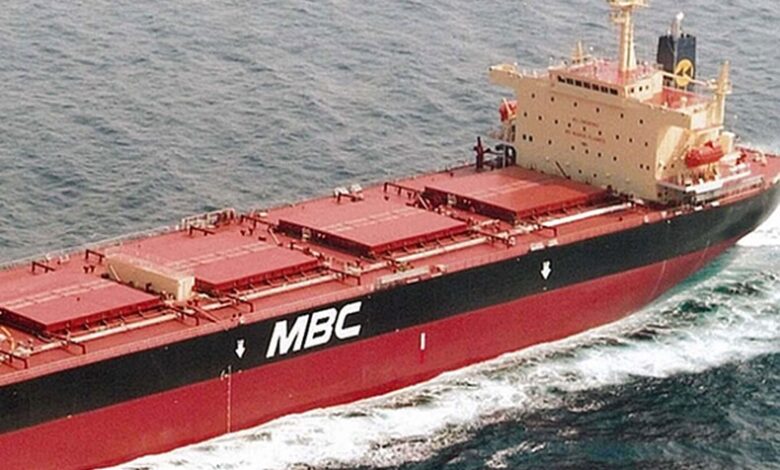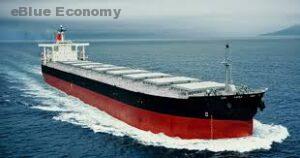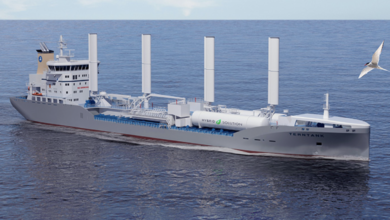Reports : Dry Bulk Market Expected to Rebound During 2021

Dry bulk market could be heading towards a renewed wave of demand for raw materials

China’s iron
According to Mr. Christopher Whitty, Director, Towage & Marine Port Services, “China’s iron ore imports, which are primarily from Australia and Brazil, are playing a significant role in seaborne trade dynamics and the Capesize freight market in particular.
Despite the recent tensions between Australia and China and the results of that on coal trade in particular, we expect an intensive demand for both materials during the remainder of the year. Hopefully during the next year as well.
In the first and second quarter of the new year, we are all also hoping at the same time for effective vaccines to allow global commerce to restart and return to a certain “new normal, hopefully boosting activity on an even more broader scope across all dry bulk segments”.
Whitty added that “on the coal trade front, Australia and Indonesia account for 78% of total Chinese imports. Both countries offer short sailing distances to China and the recent escalation of political tensions between China and Australia led to an unofficial ban on Australian coal entering China, which put in force in early November.
Australian coal
This has essentially meant that all vessels loaded with Australian coal approaching Chinese ports are now anchored off Chinese ports, some stranded there even for months. Furthermore, it was reported that China recently inked a US$1.5 billion worth of thermal coal deal with Indonesia, which represents a significant volume of Indonesian coal expected to reach China within 2021”.
“Looking at iron ore demand, the main driver for the Capesize freight market, China’s demand is expected to remain high over the next 12 months; although Chinese steelmakers may seek to reduce production slightly should the iron ore prices remain at such a high level that renders many of them unprofitable.
Iron ore demand in many other countries of the world is expected to stay below its 2019 level, with a range of steelmakers in Europe and South Asia remaining closed or in a slowdown and not expected to return to production until iron ore prices drop”, Intermodal’s analyst said.
Infrastructure rollouts
“China will release its five-year plan for the period 2021-2025 in March next year. The plan is expected to include a renewed focus on infrastructure rollouts and more rapid urbanisation, particularly in central and western China, which will in turn impact steel demand.
By that time, in March, we will have a more positive outlook on the Covid-19 situation and more clear insight on the effect of the vaccine on the greater population and its economies. Interesting times ahead of us, let’s see how this will affect seaborne shipping in a new year where we are all expecting a much better landscape”, Whitty concluded.
https://eblueeconomy.com/df-shipping-market-analysis/
Press release













